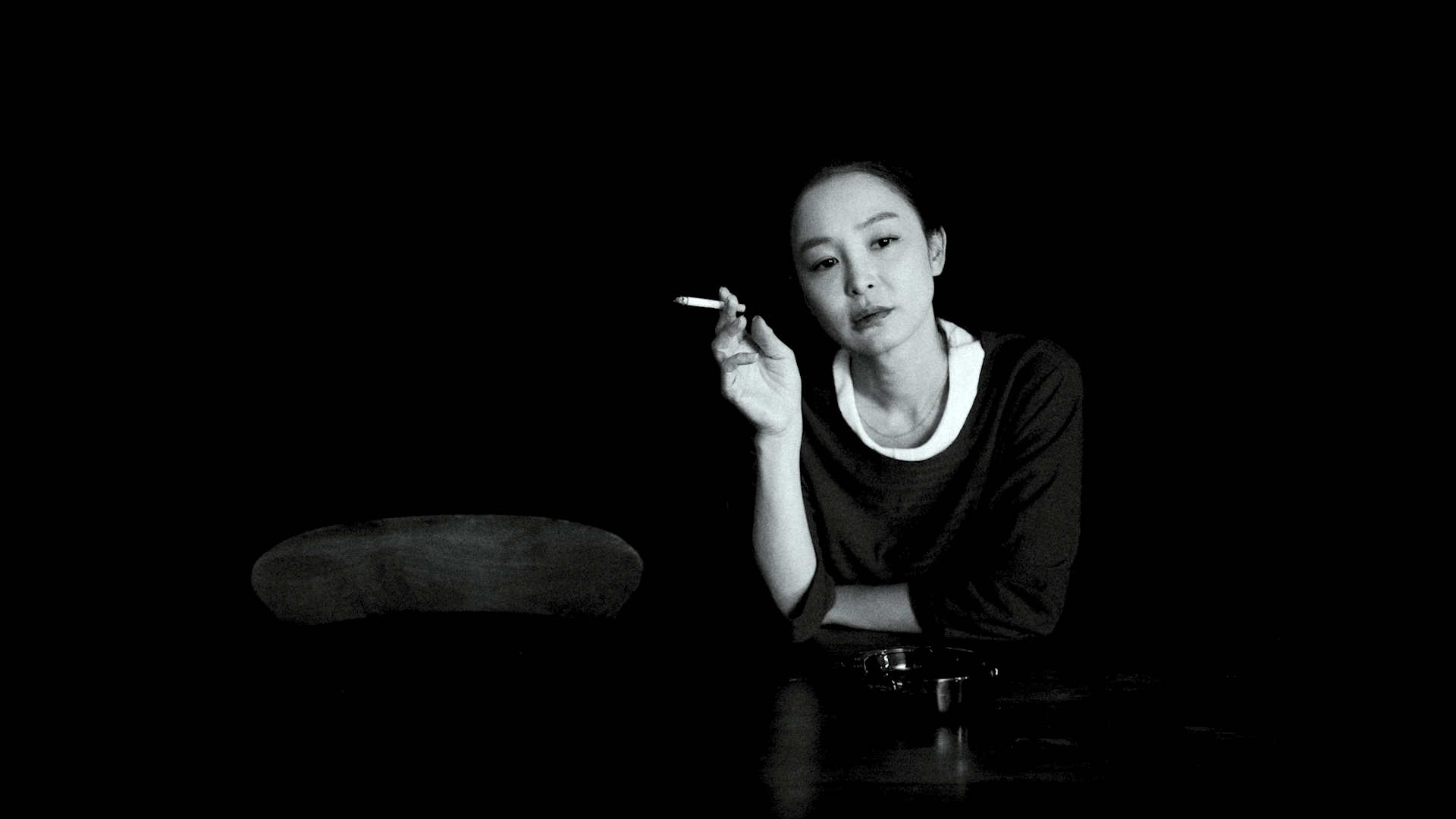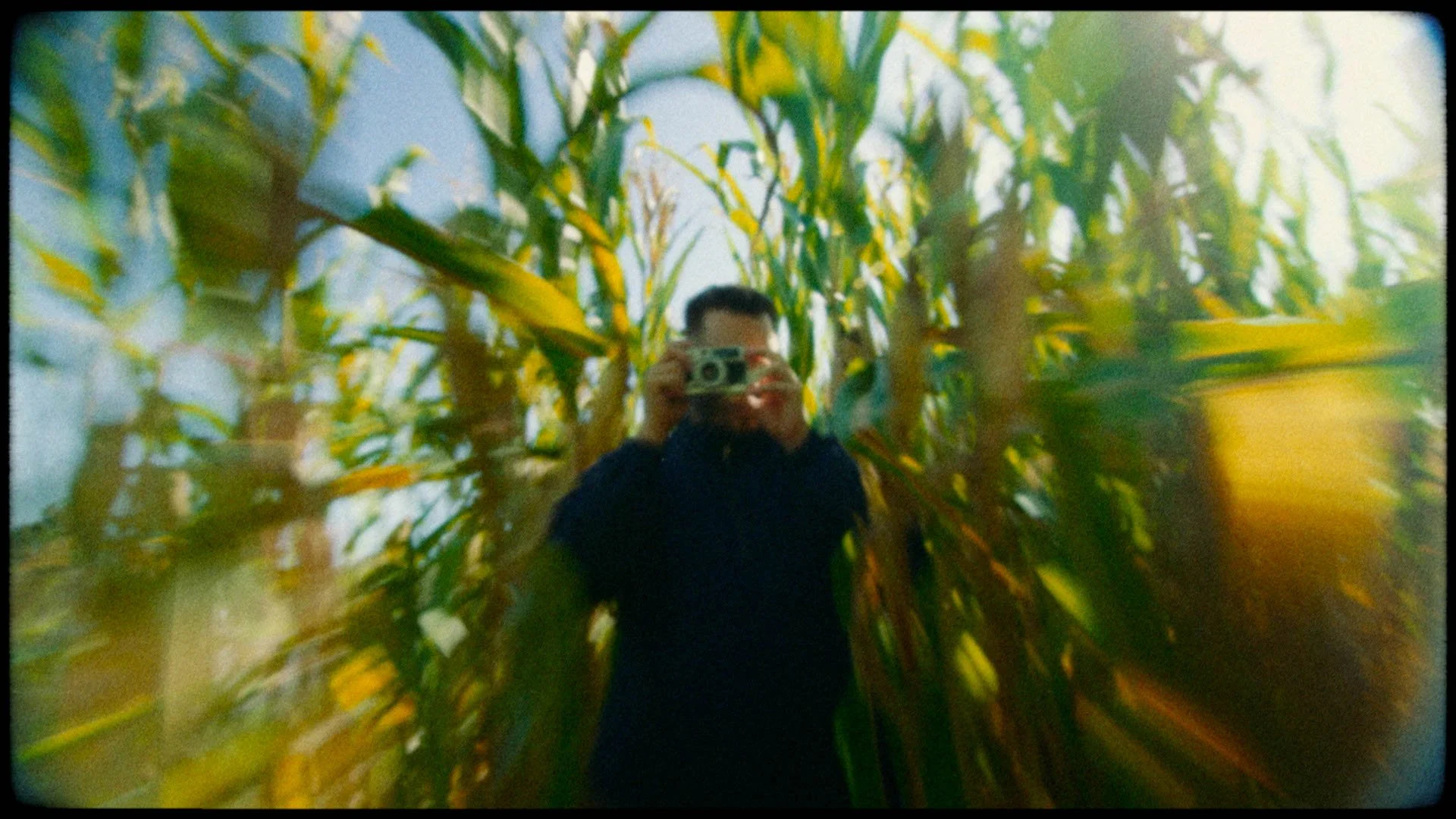Hiruaerak
Directed by BARO LEE
Australia, 2019
Documentary
The hardship of transitioning from womanhood to motherhood in a new country.
Read our interview with Baro below to learn more about the film.
BARO LEE
Member of Lone Fish Productions
Est. Reading Time: 7 Minutes
MARK (M) Tell us a little about yourself - when did you become interested in film and filmmaking?
BARO (B) I’m a Korean-Australian writer and director who was born and raised in Sydney. My love of filmmaking first emerged when I was in an English class in high school. I remember for an assignment that we were presented with the choice of either writing an essay or making a film. Back in the day, writing essays definitely wasn't my strength so I had a go at making a trailer for a horror film. Although that was a small project, it opened up a world of creativity I had never explored or considered before, and the experience of creating something with friends convinced me that filmmaking was a path worth pursuing.
On Narration
M I was really moved by the narration throughout the film - it’s very honest and raw. Please tell us a little about the process of organizing the narration with your mother - how did you find the balance between asking her to recall specific experiences and just letting her naturally share her thoughts and stories?
B I wanted to pay homage to my mother and respect the hardships she’s experienced. For the longest time, I knew she wanted to write a book about all the past experiences she’s been holding onto – all the hardships and different sacrifices that she never told us.
Initially, organizing the narration with my mother was very tough because my Korean isn't the best – I can read Korean, but I can't understand it’s nuances. There is a language barrier between us so it’s hard for her to express how she feels. I remember asking my mum “would you be able to journal your life experiences in five pages?”. She ended up writing 15 pages which I sent to a translator in Canada. From that journaling process, the key moments my mother wanted to recall were coming to Australia, giving birth to two children and having to face family members back home in Korea who blamed her for the death of her mother.
I think these three moments tied in really well with what I was envisioning. For the film, I really wanted to focus on womanhood, the journey of motherhood and contemplation about the future. I knew there was a pivotal moment in her life that fell under each act. So when I was reading through her journal, I was keeping an eye out for those specific moments - whether that's talking about when she first knew she was pregnant or when she found out that her mother had passed away.
Overall, it was a natural and collaborative process with my mother. Hearing her thoughts and stories was very freeing for both of us and gave me a new perspective on her life and journey.
M How long did it take for your mother to prepare and write the narration? And then how long did it take to shape the narration in post-production - did you have to cut out and trim certain experiences and topics?
B It took about three months for my mother to prepare and write the narration. Post-production was pretty quick – about one month/month and a half.
At 15 pages, the narration was way too long. But with notes and feedback from the translator, I was able to cut down certain experiences, focusing solely on those fundamental moments that changed the course of my mother’s life.
On The Opening
M I love the opening sequence, it’s visually striking and I think the symbolism of water complements the narration so well. Please tell us about the symbolic connection of water to your mother’s journey and inner world.
B In ‘Birth’ (Act I), the whole act is shot underwater and the actress is fully submerged. I wanted to convey that at this point in my mother’s life, time was very still for her. Although she was in Australia trying to figure things out, her mother passed away and everything just froze. There was no concept of time and only pain. Every day, she wished to be back with her mother. But at the end of ‘Birth’, she emerges from the water and finally frees herself from that time of pain.
In ‘Life’ (Act II), the mother rushes out to get the laundry back in the house as the rain falls while the two kids play in the water. From the rain, the mother’s sense of time has shifted from the first act. Time itself feels very quick and turbulent – she’s constantly rushed – but the children are taking a brief moment in their day to enjoy the rain.
Through water, I wanted to convey the shifting sense of time within my mother’s inner world from stillness to turbulence.
‘Through water, I wanted to convey the shifting sense of time within my mother’s inner world from stillness to turbulence’
— Baro Lee
On Inspiration
M What are some of the films and who are some of the filmmakers that inspire you, and why?
B My inspirations for Hiruaerak were predominantly visual and video artists. I really wanted to learn how to portray the human experience in an experimental medium. I was inspired by Bill Viola and his video installations about human consciousness. I was also inspired by Olafur Eliasson, the way he explores time and space through light and natural phenomena.
For Act Two in Hiruaerak, the big inspiration was Dogville (2003) by Lars Von Trier. I was intrigued by the filmmaker’s ability to use sound and set design to tell the story of a lady who is trying to hide and survive, but we can see every single neighbour without having to enter an enclosed space. I really liked how this concept allowed the audience to oversee everything that's happening at the same time and that’s what I wanted to emulate in my film.
Dogville (2003) by Lars Von Trier
On The Future
M What are you planning to make next?
B Bi-Mok is my new short film which I’m making with Olivia Jeavons, Diamond Tat, Milly Olrog and more collaborators who I worked with on Hiruaerak. It’s a Korean-Australian story that follows two characters in their journey of grief. It is a film about human connection and how loss can strengthen the bonds with those around us in ways that are almost too difficult to put into words. It explores grief in the diaspora and the rifts between generations in immigrant families.
Right now, we are about one month away from principal photography and we are crowdfunding to finance the production and distribution of this film. If you’re interested, please click here to learn more about our campaign and film.
You can also follow our Instagram page here to stay updated with its progress.
Mark’s Final Thoughts
As I mentioned, I loved the narration as I thought so many lines were very poignant and powerful - perhaps best reflected in ‘sometime in the far future, when I let go of everything, I want to become the daughter of my mother’.
Really enjoyed learning about the way Baro used water to convey his mother’s changing perception of time at different points in her life. Time and water are particularly interesting thematic choices because of their intricate connection with each other.
And I like how Baro emphasizes time through using slow-motion, incorporating black-and-white stills and generally allowing each scene to unfold with minimal cuts. Reading his thoughts on the film’s pacing reminded me of our interview with Lena Lavia because she similarly shared the importance of giving the audience time to process their thoughts about what’s happening on screen.
Big congratulations to Baro and Lone Fish Productions on successfully reaching their fundraising target for Bi-Mok - it’s super exciting and I look forward to following its production and release! The campaign is still open for anyone who is interested in learning more about the project and contributing to it. Development Producer/Fundraising Lead Ansel Wakamatsu has essentially stated on the project’s crowdfunding page that additional funds will be used to further boost the production value of the film and get it seen by more people.
Lastly, I didn’t get a chance to delve into the final act of Hiruaerak with Baro due to a few time constraints. It’s an incredibly mesmerizing sequence so I’ll hopefully be able to discuss it with him in our follow-up interview later this year.
Tags Cinematography Documentary Family Live-action Narration
Want to Learn More? Click here for Baro’s thoughts about the creative purpose of constructing and shooting on sets as well as the importance of the film’s slow pacing.
The founder of Hommage, Mark Shaba published this interview on 15.02.2022. Mark is a filmmaker from Victoria, Australia. He respectfully acknowledges the past and present traditional owners of the land on which he creates, promotes and screens art, the Wurundjeri people of the Kulin nation who are the custodians.


















